AWS and Google Cloud Versus SAP Cloud and Oracle Cloud Containers
Executive Summary
- AWS and Google Cloud are distinct from SAP Cloud and Oracle Cloud in important ways.
- This article explains how the cloud innovators differ from SAP and Oracle in the cloud.
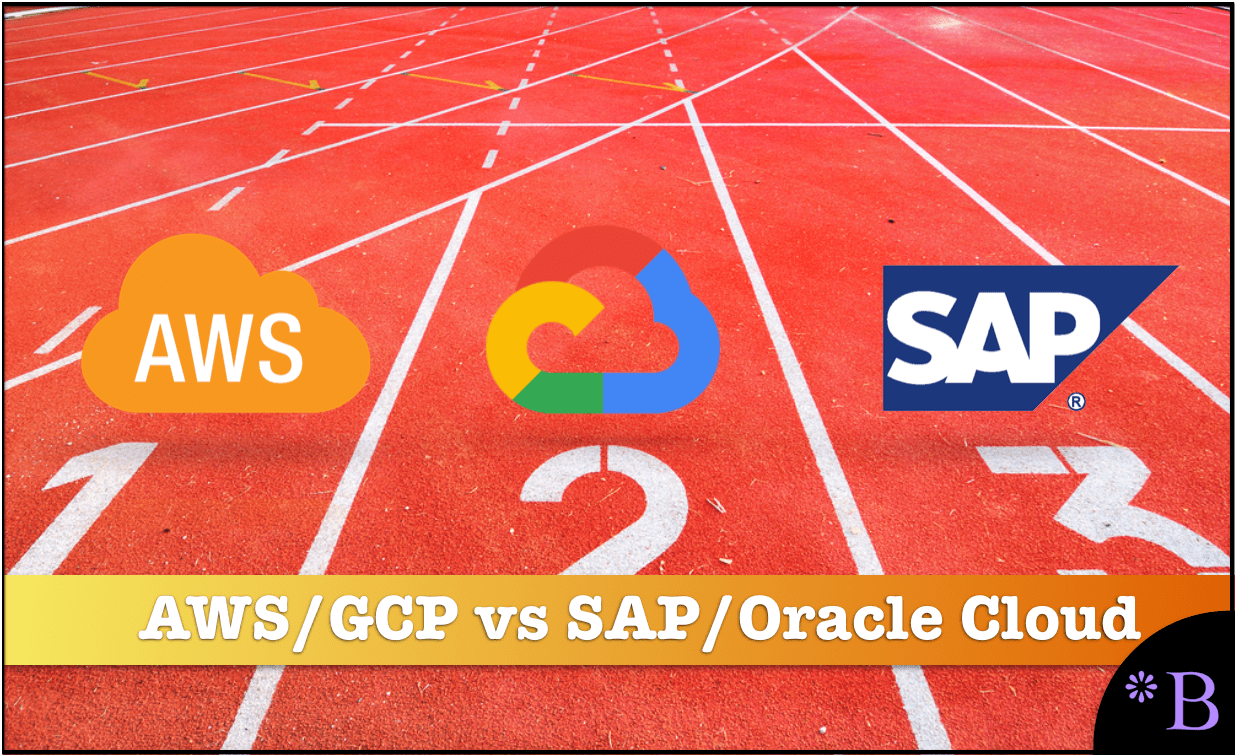
Video Introduction: AWS and Google Cloud Versus SAP Cloud and Oracle Cloud Containers
Text Introduction (Skip if You Watched the Video)
SAP has been trying to jump on the cloud bandwagon for years. For some time, they tried to correlate the cloud with their HANA database in customers’ minds. They did this with what amounted to little more than wordplay and inaccurate product naming. They released the “SAP HANA Platform.” This inclusion of the word “HANA” into the name never made any sense HANA has nothing inherently to do with the cloud. We began to observe such a premeditated pattern in these discussions that he wrote the article How to Deflect That You Were Wrong About HANA in response to explaining the pattern to others. You will learn how SAP continually changed the story on the SAP HANA Platform.
Our References for This Article
If you want to see our references for this article and other related Brightwork articles, see this link.
Notice of Lack of Financial Bias: We have no financial ties to SAP or any other entity mentioned in this article.
- This is published by a research entity, not some lowbrow entity that is part of the SAP ecosystem.
- Second, no one paid for this article to be written, and it is not pretending to inform you while being rigged to sell you software or consulting services. Unlike nearly every other article you will find from Google on this topic, it has had no input from any company's marketing or sales department. As you are reading this article, consider how rare this is. The vast majority of information on the Internet on SAP is provided by SAP, which is filled with false claims and sleazy consulting companies and SAP consultants who will tell any lie for personal benefit. Furthermore, SAP pays off all IT analysts -- who have the same concern for accuracy as SAP. Not one of these entities will disclose their pro-SAP financial bias to their readers.
What Was the Outcome of Being Wrong on HANA?
SAP eventually removed the word HANA from the service and renamed it to the SAP Cloud Platform and finally to just the SAP Cloud. This change to the name made it more difficult for people to conflate/confuse HANA with the HANA Cloud Platform. This was a good thing for the market as there was far more confusion when SAP kept placing HANA in the naming of things that had nothing to do with HANA.
However, one has to wonder, why did SAP consultants engage in such extensive misdirection in any case? It appears the only purpose was to obscure the truth. Moreover, these are consultants advising clients! This means SAP customers need to think about to whom they are taking advice. Many SAP consultants don’t care to know that a database is separate from a development environment or an IaaS or are just repeating anything, whether it contains any truth. That is the problem with analyzing false statements. One never knows if the individuals themselves know they are false. SAP puts a lot of information into the market, and much of it is repeated verbatim without thought.
SAP’s Faux Cloud and SAP’s Faux Containers
SAP has what amounts to a faux cloud that very few companies use. This is evident by the simple act of using the SAP Cloud. When using the SAP Cloud, and it is the norm to run into one problem after another. The overall experience promotes the idea that SAP has created the SAP Cloud to create the impression that one exists, rather than creating a cloud product that is designed to be used by anyone. The overall product is the subject of great underinvestment, and it seems that SAP has other priorities.
SAP Cloud is still essential for SAP, but not for customers, and not for SAP employees. The SAP Cloud is critical because it helps SAP cloudwash for Wall Street. The essential part of SAP Cloud is that Bill McDermott, Rob Enslin, and other top executives need to cash out options. Moreover, they need to maintain the facade of Wall Street’s cloud to do this as Wall Street assigns a higher multiple to companies that look like they are moving to the cloud. Much of this comes from a general misunderstanding about the cloud on Wall Street, but that is what they believe. Therefore even if no customers use the SAP Cloud, it helps maintain the illusion that SAP desires.
However, all of this is nothing new. Every year at SAP’s TechEd conference, SAP makes new announcements where SAP co-opts some cloud standard or approach. Cloud standards and approaches that will never be used in SAP. This is to make the faithful think SAP is becoming more cloud.
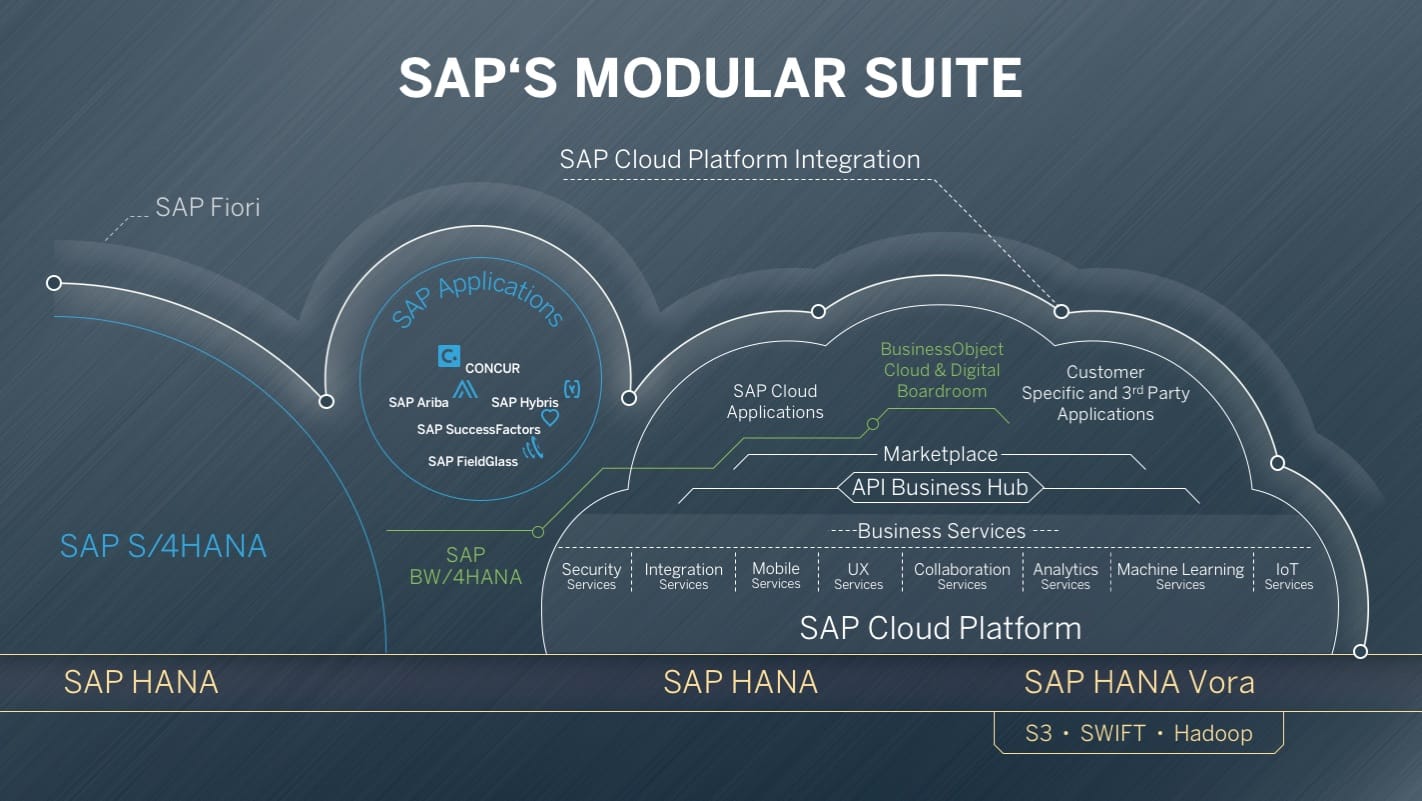
This is SAP’s vision for its Cloud Platform (now SAP Cloud). This is a very standard SAP diagram in that it is egomaniacal. Everything is all SAP. Vora, a rarely used product with little practical reason for existing, is in there for some unknown reason. Overall, this diagram could be called “things SAP would like to sell you.”
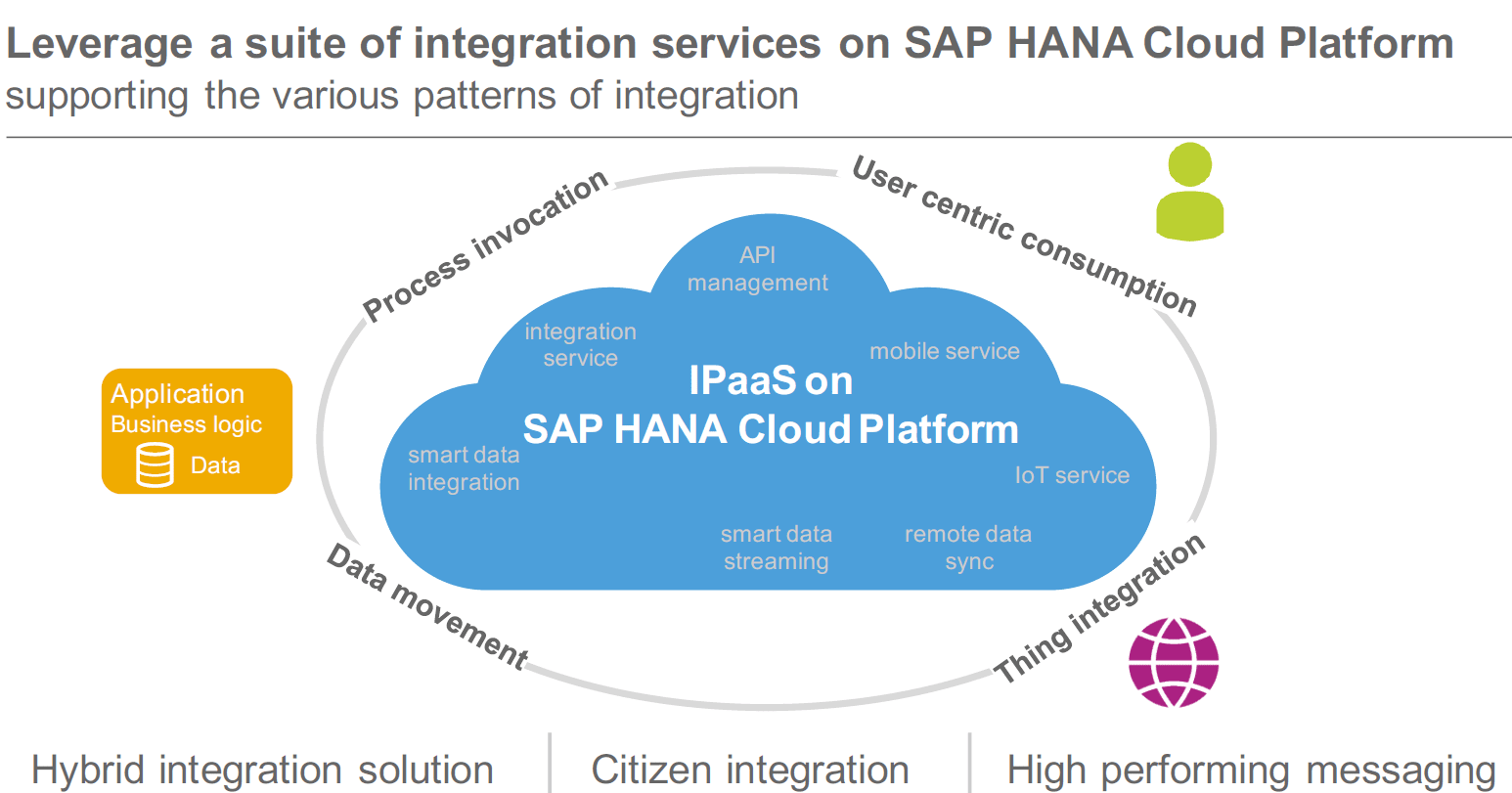
This graphic is from when SAP Cloud was called SAP HANA Cloud Platform. However, notice how SAP has it identified as a iPaaS – which is just a PaaS.
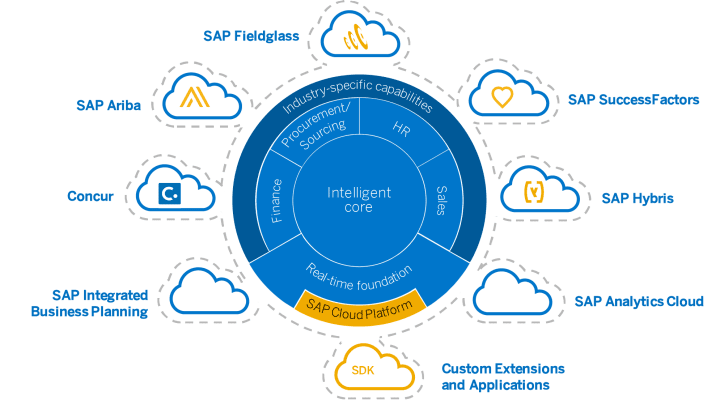
Notice the orange curved box on the bottom. Notice how the SAP Cloud supports everything else. The Intelligence Core is supposed to be S/4HANA Cloud. This is a diagram that shows using SAP for absolutely everything. However, in practice, it makes little sense to use SAP Cloud. It’s a beautiful diagram, though. You have to credit SAP for making some of the nicest graphics in the industry.
SAP has tried to ape everything that AWS and Google Cloud have been doing, but without a lot of it making much sense. SAP Cloud now supports Kubernetes! Which is extremely odd. This is because SAP does not support containers. Instead, SAP creates monolithic applications, so the embrace of Kubernetes seems pure fantasy – take your pick.
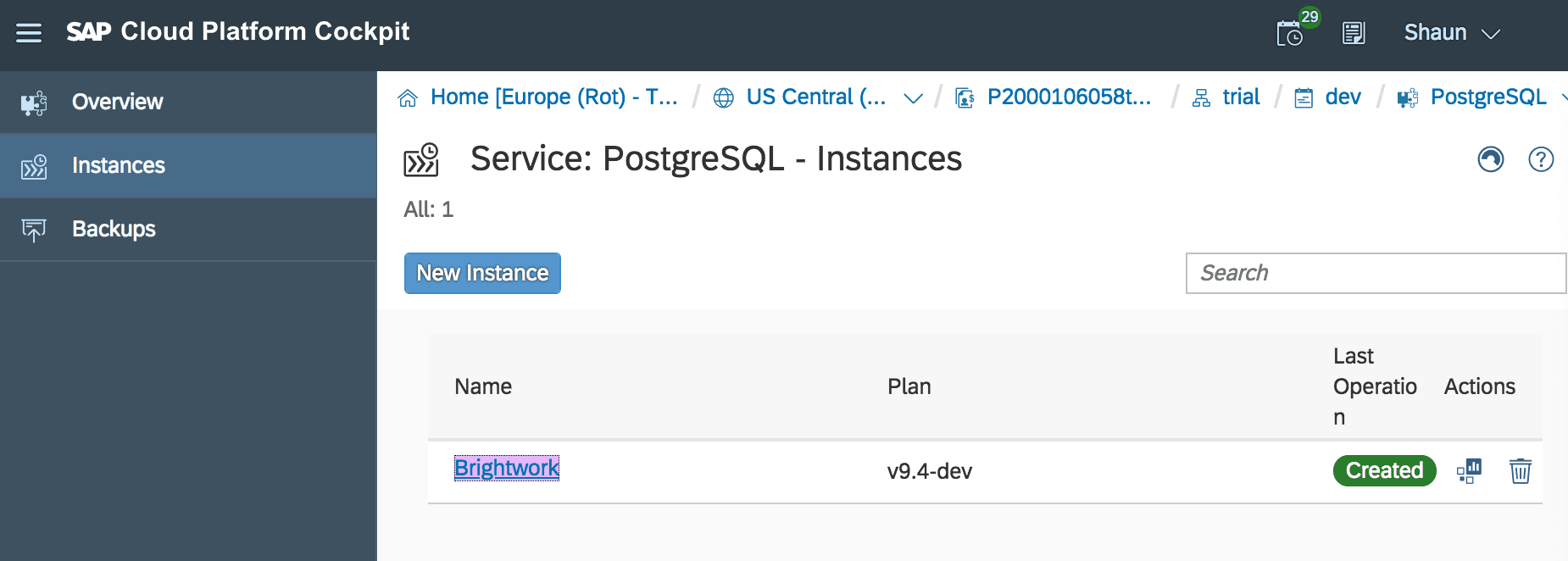
The SAP Cloud is, without any exaggeration, the worst cloud we have ever tested. SAP calls the SAP Cloud a PaaS, but it is an incomplete PaaS. Some instances can be brought up, but that is the extent of the SAP Cloud with any efficiency. The user interface is Fiori and is slow, with every change between screens being roughly between 3.5 and 6 seconds, but went all the way up to 8 seconds on some screens. Every time we switch to a new screen, we have another wait time. It’s a wait time you don’t find in non-Fiori applications. We covered Fiori’s performance in the article Why is the SAP Fiori Cloud So Slow? It tested S/4HANA Cloud, and the performance again a problem as Fiori is the UI for the SAP Cloud.
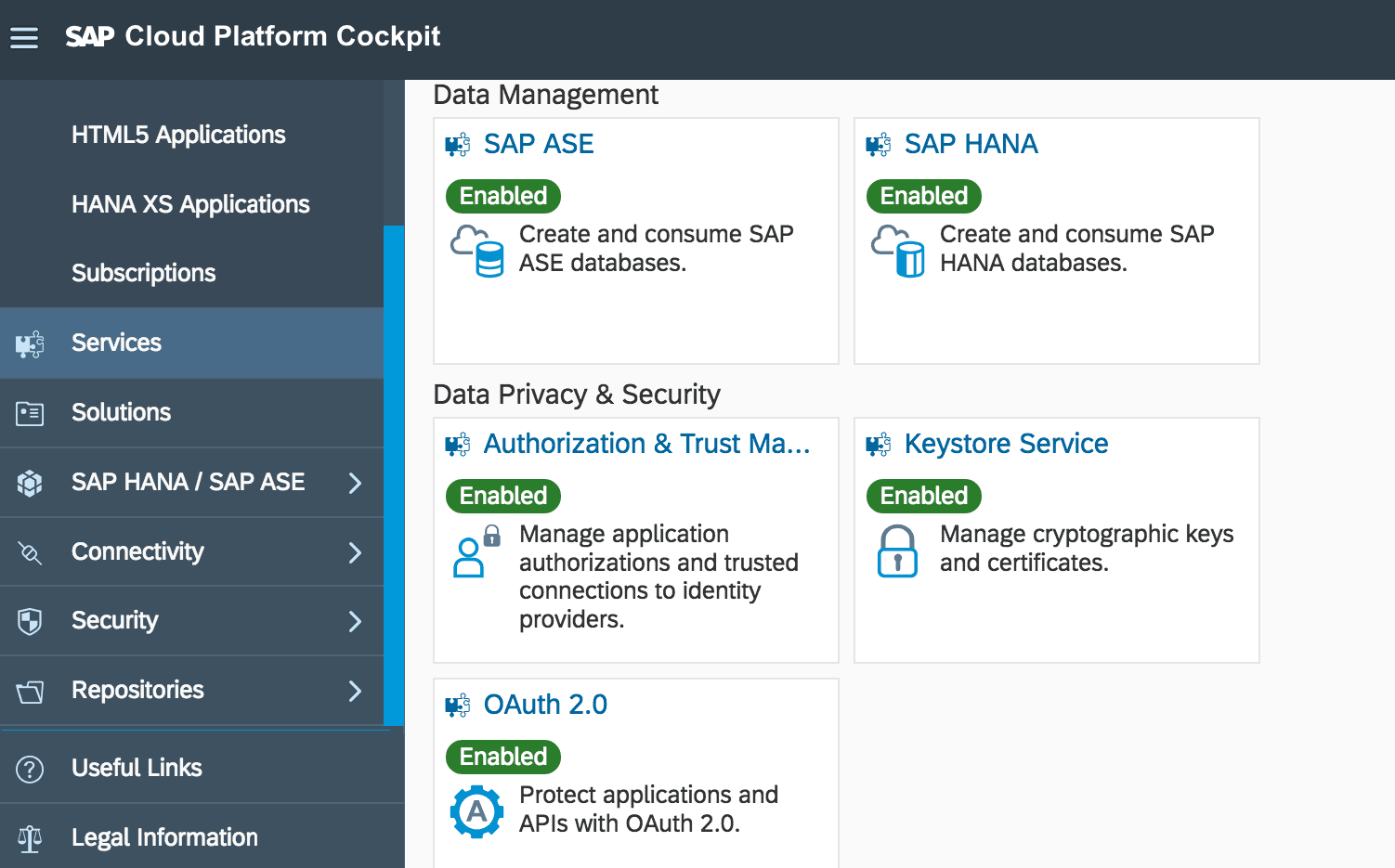
Services can be brought up in the SAP cloud, but it is problematic to do so. The experience leads one to want to leave the SAP Cloud to work in a real cloud offering rather than this facia cloud. Everything in SAP Cloud is clumsy and time-consuming to use, and we received numerous errors in bringing up basic services. It is nothing like the experience of working with AWS and Google Cloud.
What SAP calls a PaaS is just an IaaS “facilitator,” but a very limited IaaS or IaaS passthrough, allowing one to access true IaaS’s. Moreover, we will get into why that is a serious problem in a moment. But sufficed to say, developing within the SAP Cloud is pointless.